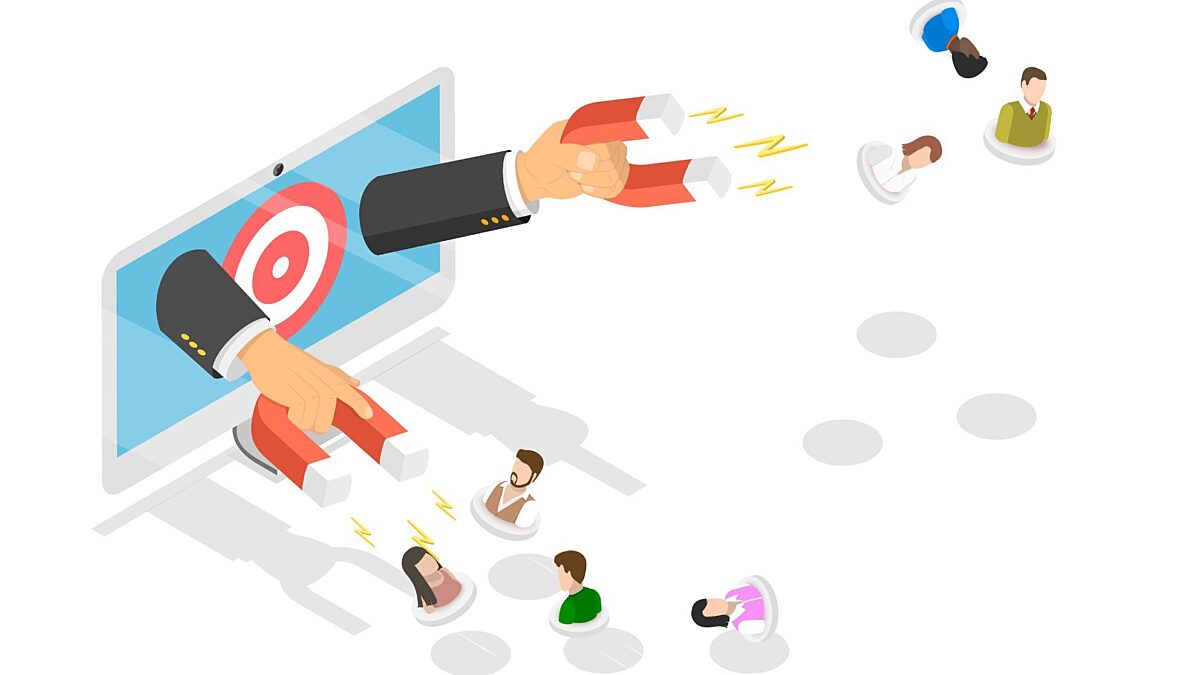Doing more business with an existing customer is more efficient than bringing in new ones. That’s because the marketing costs to attract new business can be high.
But what can you do when someone stops buying from you? Is it time to just give up?
The answer is NO!
This article explains how to win back customers so you can do more business with them.
What Is a Customer Win-Back Campaign?
A customer win-back campaign aims to re-engage previously loyal customers and get them to do business with you again. It doesn’t matter the reason people stop purchasing from you, whether it’s a service issue, forgetfulness, or not being aware of your entire range of product or service offerings; it’s generally a smart move to try to win people back. Offering rewards, incentives, or special offers often encourage buyers to return, make additional purchases, and become loyal customers.
Customer win-back campaigns are usually more costly than retention efforts but less expensive than bringing in new clients. Win-back campaigns can improve current bottom-line revenue and enhance overall customer lifetime value (CLV).
Here’s how to create a client win-back effort.
1. Plan a Personalized Customer Win-Back Email Program
Your customer win-back effort will center on a personalized email campaign. It should include a series of emails crafted to re-engage customers who have stopped purchasing from you.
The campaign must be personalized so previous customers feel like you know and understand them. It will help cut through all the anonymous clutter in email inboxes. Use the recipient’s name in the email, provide meaningful product or service recommendations based on what they’ve bought in the past, and add an attractive incentive, such as a discount, to get them to come back. Sequence the emails so the messaging tells an ongoing and coherent story, and increase the offers until you get recipients to take action.
Once someone responds to your email series and becomes an active buyer again, return them to your regular customer marketing and communications program.
2. Request Feedback
As part of your email program, ask for feedback. It demonstrates to customers that you want to understand why they stopped doing business with you and that you’re committed to addressing it. Make it easy to gather feedback by including a survey or questionnaire. Provide open fields so people can tell more of their dissatisfaction story in their own words.
When you receive feedback, be sure to address it and resolve to fix issues. Then, take what you learned to put the person into the win-back email stream that will most likely attract them back (more on that later).
3. Come Up With Meaningful Offers
Most customer win-back emails include some type of incentive or offer. This is a great way to get people’s attention and encourage them to conduct business with you again.
Your offer must be realistic and fit within your company’s profit model while also making it easy and attractive for someone to come back. It must be hard to refuse, especially if your ex-customers are happily doing business with a competitor.
Be aware that the offer doesn't need to be a discount. It could be a product or service upgrade, free delivery or shipping, or a gift or bonus. Whichever you decide, ensure the offer relates to an issue that could have potentially caused your customers to stop doing business with you.
Also, consider upping or evolving the offer through your email progression. It will allow you to find the right one for each person without giving up too much to attract them back.
Your win-back program must communicate that you understand your customers, know they had a negative experience, and are committed to resolving it.
4. Segment Your Audience
Are you losing customers for different reasons? Perhaps you have people who haven’t done business with you for weeks, months, or years. Maybe some people did significant business with you while others did less.
These differences require different types of messaging and offers.
That’s why you should split the people you’re targeting with your win-back campaign into different segments. Divide them into enough groups to address significant differences without making your program too unwieldy to manage.
5. Create Urgency
Building empathy with customers who may have had a negative experience with your company is critical. It’s also essential to drive urgency and a fear of missing out (FOMO). Doing so will compel people to re-engage and force them out of the apathy toward your organization. Communicate the urgency in your email subject lines, preview copy, closing paragraphs, and calls to action.
6. Monitor Results
Similar to other marketing efforts, you must monitor the results of your customer win-back program. Look at which emails, messages, and offers perform best and leverage that information to improve your program. Replace what’s not performing well with new things.
Constantly A/B test, even when your win-back campaign seems to be performing well. You never know when a new offer, different subject line, or adjustment to your segmentation could significantly improve results.
Customer Win-Back Programs: The Final Word
Acquiring new customers is costly and time-consuming. They may spend a significant amount once, but your investment in marketing offsets that. Retained customers provide a steady stream of revenue so long as they continue to like working with your business.
Winning back customers is another option to consider. Previous buyers aren’t as costly to convert as new ones and could become repeat buyers.
Leverage the steps in this guide to win back your lost customers and get them to generate revenue for you once again.










